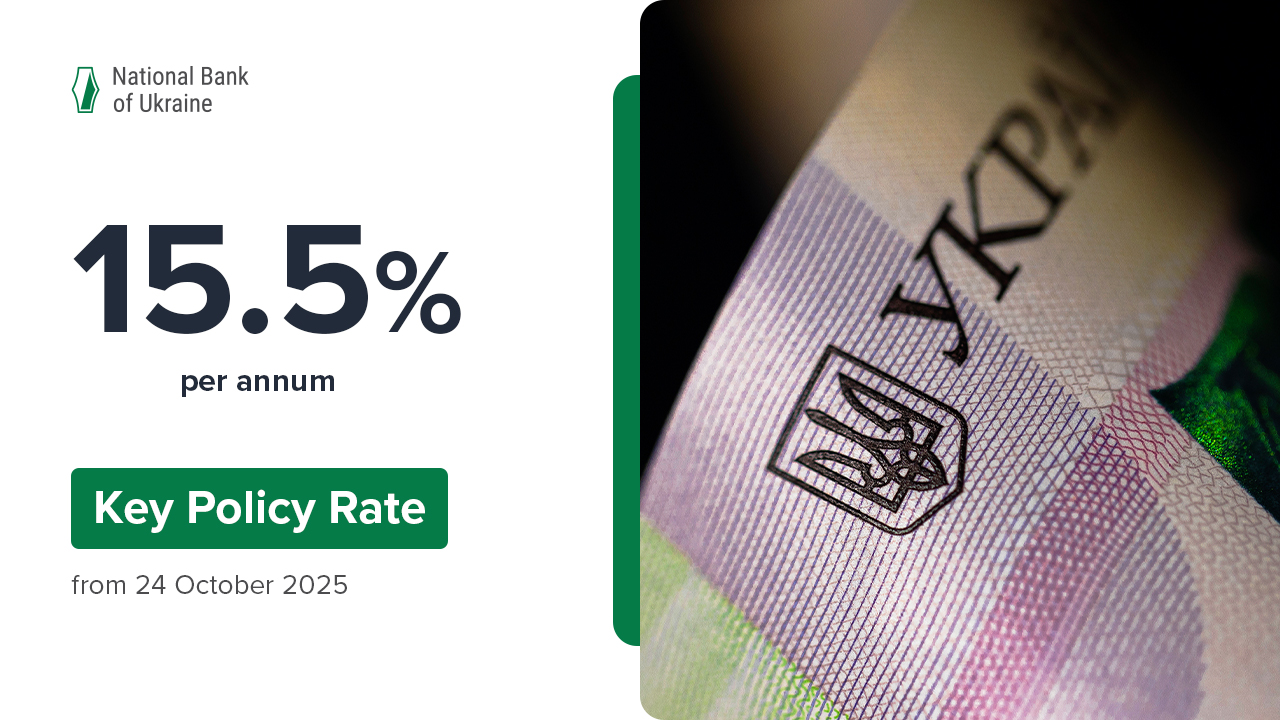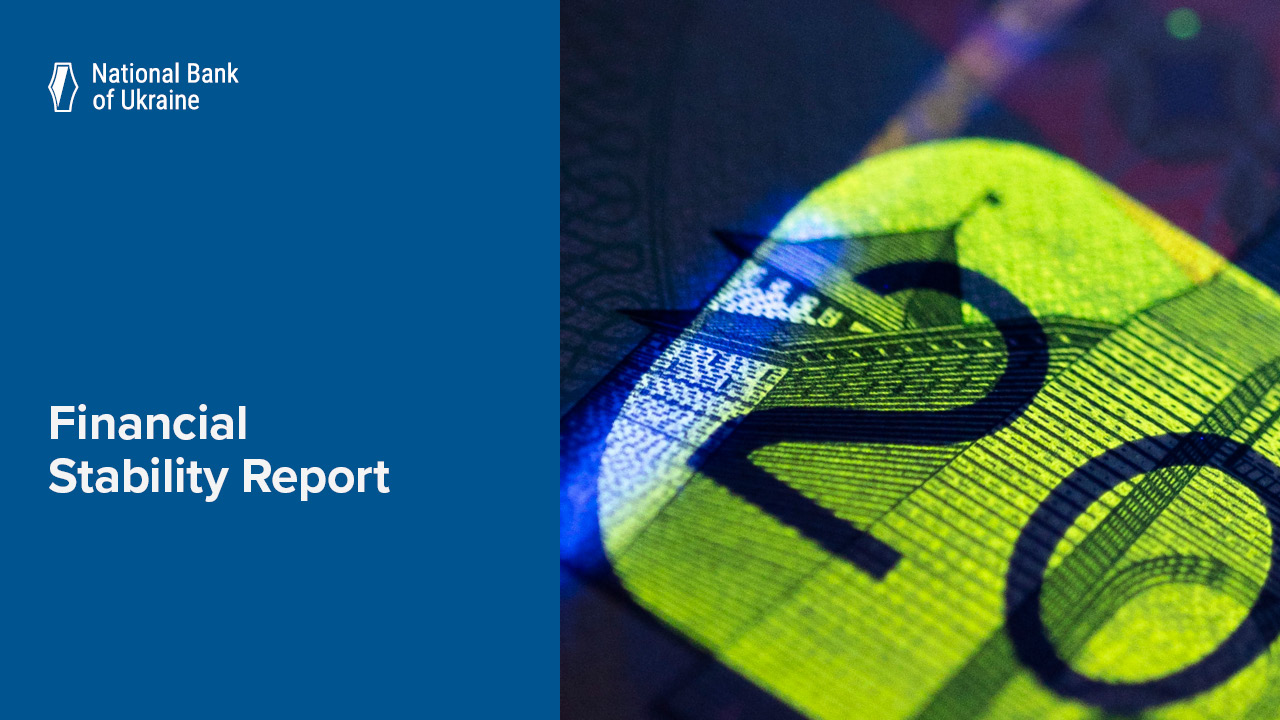Last year became a turning point for the banking sector, with the bank clean-up gradually nearing the finish line and CB PrivatBank PJSC being recapitalized by the state in December 2016. Almost all the banks succeeded in fully implementing their recapitalization plans developed based on the results of the diagnostic studies, with most banks having fulfilled three-year plans ahead of schedule. An expected decline in deposit rates set by state-owned banks will help reduce funding costs and lower provisioning significantly, thus bringing the banking sector back to profitability (excluding CB PrivatBank PJSC), according to the Banking Sector Review published by the National Bank of Ukraine since October 2016.
The second report covers the period running from 1 January 2016 through 31 December 2016. Going forward, it will be based on quarterly data. In particular, the next report will be prepared based on data covering Q1 2017.
In 2016, deposits held at solvent banks increased by UAH 117.6 billion. Growth in deposits was primarily driven by continued inflow of corporate deposits. Domestic resources dominate the structure of bank’s liabilities, with the share of corporate and retail deposits in banks’ liabilities increasing from 64.0% to 73.4% over the year.
Improved liquidity in the banking system owing to a return of retail deposits to banks, as well as a gradual reduction in the NBU policy rate from 22% to 14% throughout the year paved the way for a decline in deposit rates. Interest rates on 12-month retail deposits decreased over the year by 3.8 percentage points to 17.5% per annum in hryvnia and by 2.2 percentage points to 5.7% per annum in US dollars. The cost of deposits in US dollars and euro reached record lows as banks’ demand for FX funding remained low. In H2 2016, lower funding costs enabled banks to decrease interest rates on corporate loans at a faster pace than those on retail loans.
Following the transfer of CB PrivatBank PJSC to state ownership, the share of state-owned banks in net banking sector assets increased to 51.3% (from 28.1% at the beginning of 2016). Their share in total retail deposits surged to 59.5%, which is a threefold increase.
In 2016, The banking sector posted a record high loss of UAH 159 billion, which was due to the provisioning of PrivatBank’s loan portfolio. The remaining banks reported much lower provisioning, with the total losses posted by these banks having shrunk to UAH 23 billion, compared to UAH 66 billion 2015. The necessary conditions are already in place to bring the banking sector back to profitability in 2017 (excluding CB PrivatBank PJSC).
In 2017, a rebooting of the banking sector will proceed throughout 2017. The NBU expects deposit growth to accelerate at a faster pace compared to 2016.
The key task facing banks in 2017 Is to restore lending to the real sector and households. Banks are optimistic: the results of the Lending Survey conducted by the NBU suggest that over 70% of financial institutions expect their corporate loan portfolio to increase over the next 12 months.
Addressing liquidity problems faced by PrivatBank that used to offer high interest rates on retail deposits paves the way for a decline in deposit and lending rates throughout 2017.
For greater detail, see The Banking Sector Review posted on the NBU’s website.
Data on deposits published in the “Banking Sector Review” differ from the corresponding data published in the “Monetary Statistics” subsection as:
- they cover data provided by banks excluding their branches operating abroad;
- they cover the principal amount without accrued interest;
- personal savings (deposit) certificates are not reflected in these data;
- comprise information about non-resident clients, while monetary statistics data comprise information only about resident clients.
Data on loans published in the “Banking Sector Review” differ from the corresponding data published in the “Monetary Statistics” subsection as they:
- they cover data provided by banks excluding their branches operating abroad;
- they cover the principal amount without accrued interest;
- comprise amounts placed with other resident and non-resident banks;
- comprise information about non-resident clients, while monetary statistics data comprise information only about resident clients.






